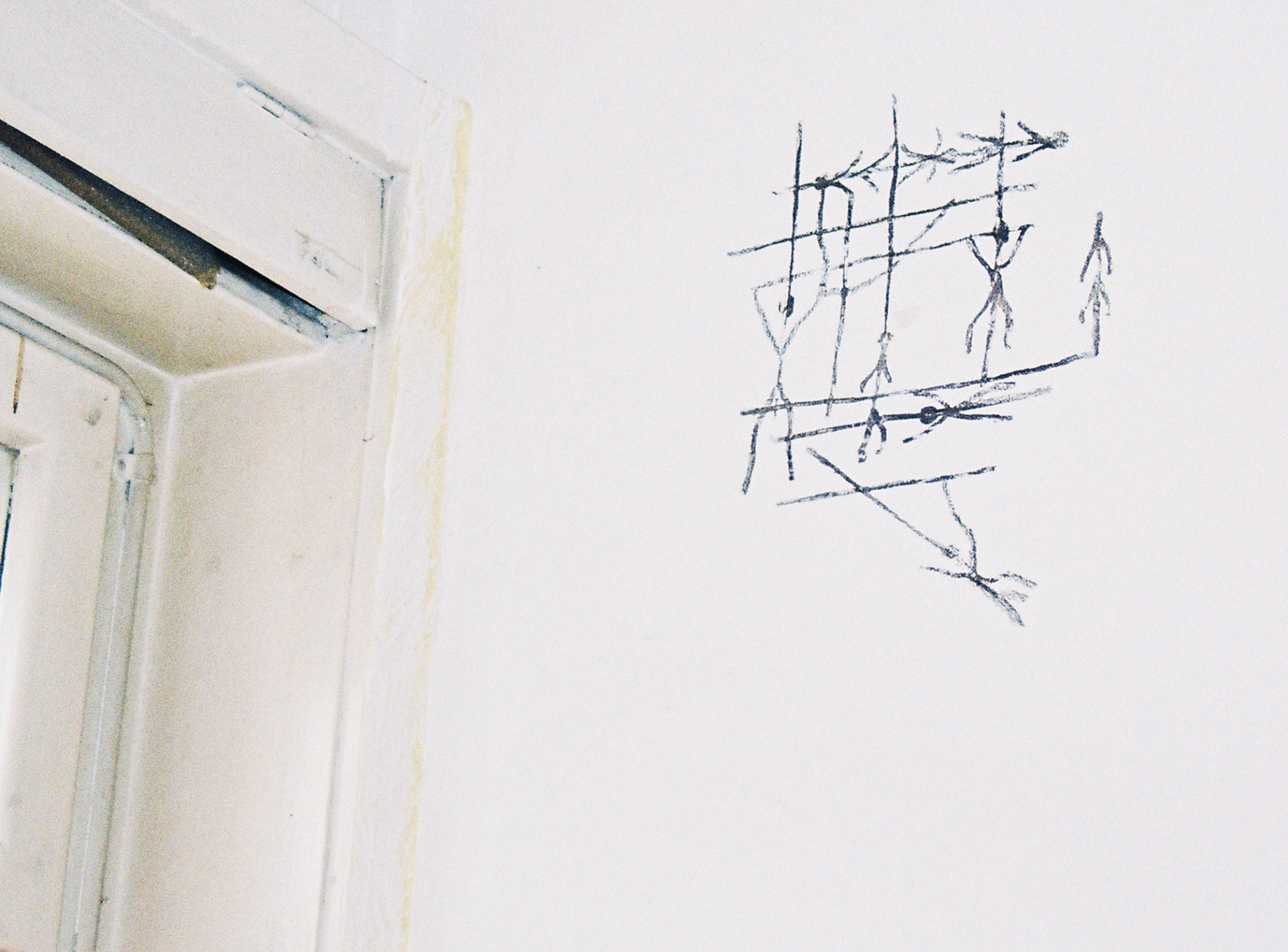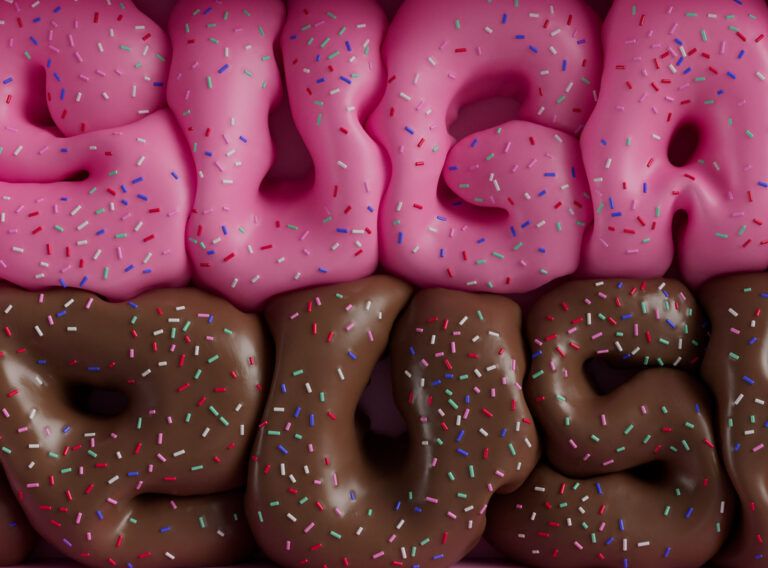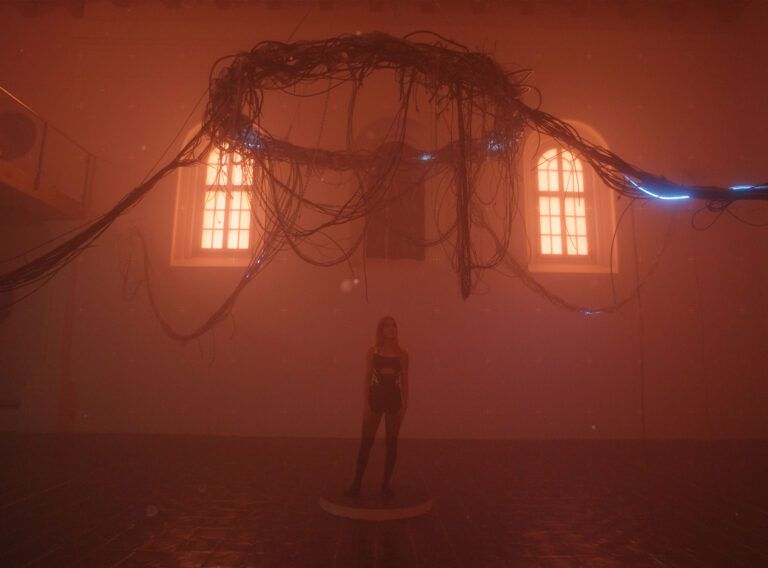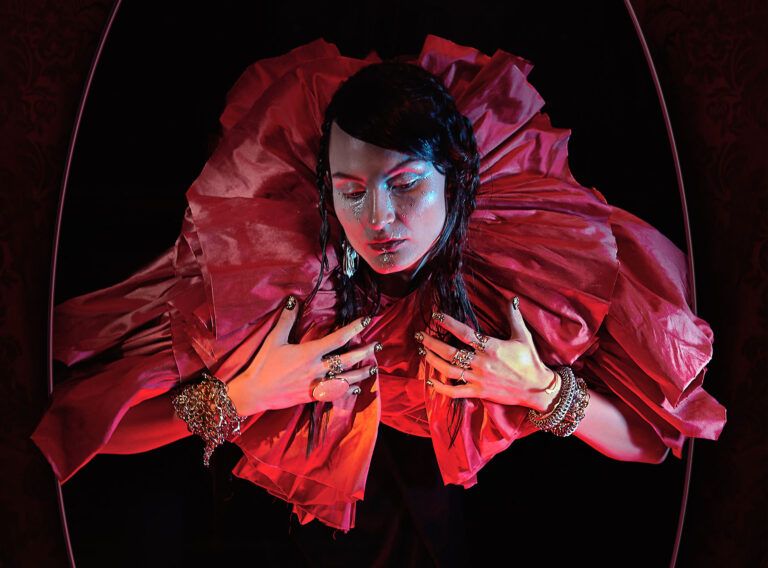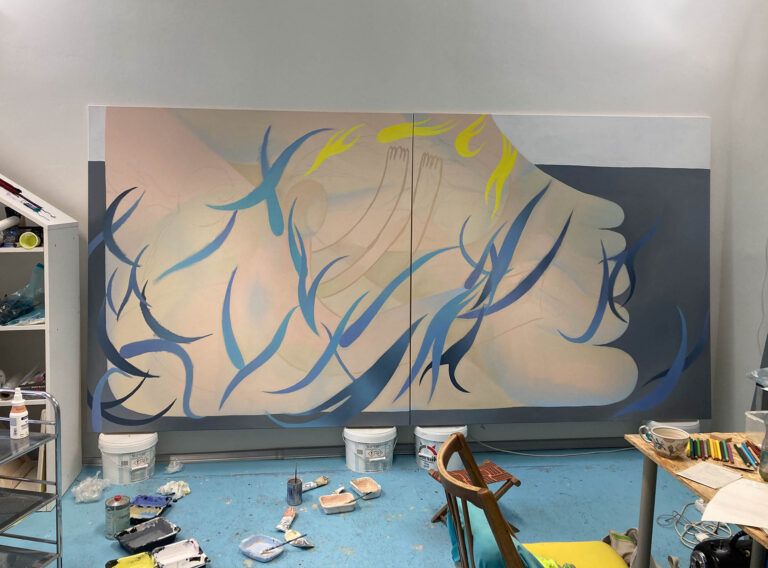Not long ago, we experienced a time of timelessness, sealed off in our flats. No one has any idea if a similar situation won’t repeat itself. For some of us, this period could represent the opportunity to meditate over current affairs, others were reassessing the time that has passed. We’ve attempted to dream away a bit with my flatmates.
In what direction could the world be headed and how could we transform the stagnant residential spaces and give them a new purpose? Both the space and our dreamy ideas were put into motion. The transformation of our living quarters culminated in a neighbourly meetup – an indoor exhibition called The Office of Urban Dreaming. An exhibition of a flat where no room adhered only to its original function.



We’re interested in observing the various phenomena of the contemporary world. We consider it amazing that we’re surrounded by people like Jack Self (the chief editor of the Real Revue magazine and initiator of the book New Commons for Europe) who often speaks of societal points of intersection and metropolises. We’re inspired by Donna Haraway (a prominent biologist, science historian and feminist) who, in connection with the environment, oftentimes accentuates the importance of teaching ourselves to admit that our mind is a public space.
We’ve attempted to approach our flat in a similar fashion because we meet intriguing people in the hallways of our house. Increasingly, we’ve also dreamed of the end of the lockdown and looked forward to the meeting of neighbours in our flat.


The transformation of our home started with the balcony that became a captain’s bridge of sorts in our eyes, heading onto the Vltava river’s surface and further beyond; where new ideas about the utilization of things come to life. Inside, we started to rearrange furniture, ship out useless junk, clean out two idle rooms. The kitchen became a discussion café – The Office of Urban Dreaming. This was the birthplace of ideas that suggested the re-evaluation of the current nature of community gardens or the proposal of a voting system based on the principle of social networks and hashtags. Besides other things, we’ve debated the so-called Education Showroom, i.e. the new use for an abandoned car showroom on an intersection named Justice, found next to one of Prague’s city exits, which could become a space for lifelong and interdisciplinary education on the outskirts, close both to the city and the country. The discussion produced several notes on which the illustrations by Marie Novotná were then based. These were subsequently transferred onto the walls of the former kitchen and thus the Gallery was created.


From the storeroom, with leftover and sorted out furniture and a pre-existing layer of dust, spontaneously emerged the Chorvatsko (Croatia) bar with an inimitable atmosphere. The pantry with a 100-year-old but still functional fridge became the Island (Iceland) bar. The welcoming hall was named after a song by Metronomy, “I’m Aquarius”, with walls painted blue, a little inflatable pool with fish and world continent maps put up. The bathroom turned into Džungle (Jungle) with all the potted plants from the flat alongside a humidifier, our frog Esperanza – a setup we’ve complemented with our own authentic nature sounds. Another storeroom with wall bars and an entrance to the bathroom, which was used as a gym during the lockdown, was converted into the Menism manifest room, a conflict-free reaction to the progressing world and gender equality. Our rooms gained new functions: a lounge with a reading nook, and a viewing platform with a bed in the room’s centre, inviting visitors for a casual sit or lie down and consultation of the newly-acquired knowledge from the exhibition. Even the light well didn’t go unnoticed as it offered a Marcel Duchamp-like object installation. The exhibition visitors could, with a slight hyperbole, enliven the lockdown timelessness a bit again and realise that even the spaces in their flats, which they experience as mono-functional or unusable, have the potential to transform their character and evoke something entirely different.
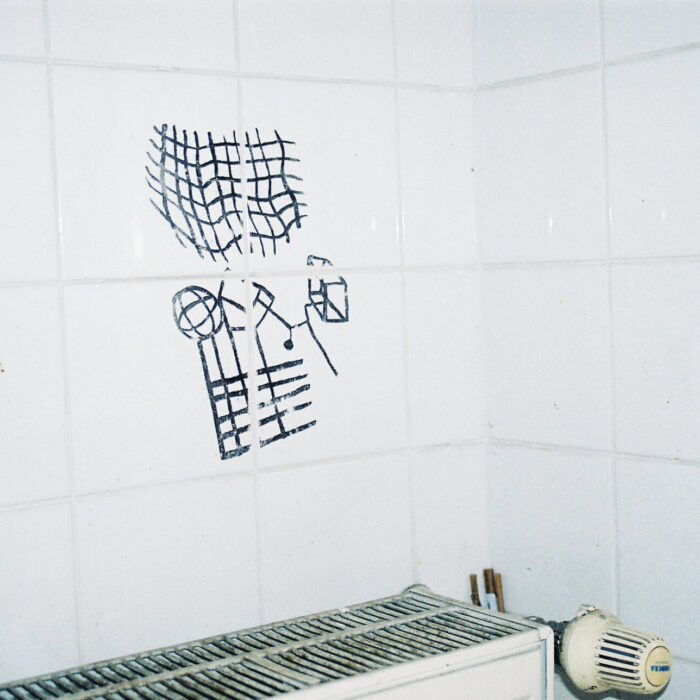
The phrases randomly uttered during lockdown conversations were interwoven into the space and placed variedly on the flat’s walls. Thoughts influenced by, e.g., Anthony Hodgston who wrote: “We live in constant change… The kind of decision-making that dominates in the ‘controlled world’ does not match the behaviour of the ‘uncontrollable world’.” Over the entrance door, a short goodbye sentence: “Who won’t come will regret it, that could very well be the name.”
A number of “exhibition” objects was kept and continues to broaden our perception and utilization of the flat.




Dreaming seems to be an essential particle of our thinking, especially when we try to put something to use again. We’ve realized while writing this article that we’re, at the same time, writing a thank-you note to our visitors and neighbours and are looking forward to another event, which will put a new perspective on a place and people within. See you around!


CREDITS
Text / Vít Jebavý, edited by Zdeněk Růžička
Authors & Exhibitors / Martin Stupka, Vít Jebavý, Tomáš Hrubý
Illustrations / Marie Novotná
Concept / Ines Karčáková
Translation / Františka Blažková
